Overview of Veeam
Veeam Backup & Replication
Introduction to Veeam Backup & Replication
Typically you have the fastest R/W devices closer to your data source and slower R/W devices are in remote locations as it is less likely to need to restore from them. For example:
Performance Tier – you keep a backup of your homework on a local NAS for 3 days.
Capacity Tier – After 3 days it is unlikely that you will need to resubmit your homework so you move your backup to iCloud or OneDrive.
Archive Tier – After the semester ends you are confident that you will not need to find your homework quickly so you move it to an archive in Azure for cheaper long term storage.
If you have BR applications for your cloud enviornments (ex. Veeam Backup & Replication for Azure) you can add those repositories as external repositories. It is worth noting that external repositories are read only and cannot be used as a traditional backup target for your local jobs, the usecase for adding them here would be to push backed up systems from one cloud into another.
Veeam BR - Installation
Note that if the server hosting Veeam BR is joined to an Active Directory domain, Veeam BR will integrate with AD. This means you can set permissions to access Veeam, and more importantly: provide Veeam a service account instead of running a service under someones account.
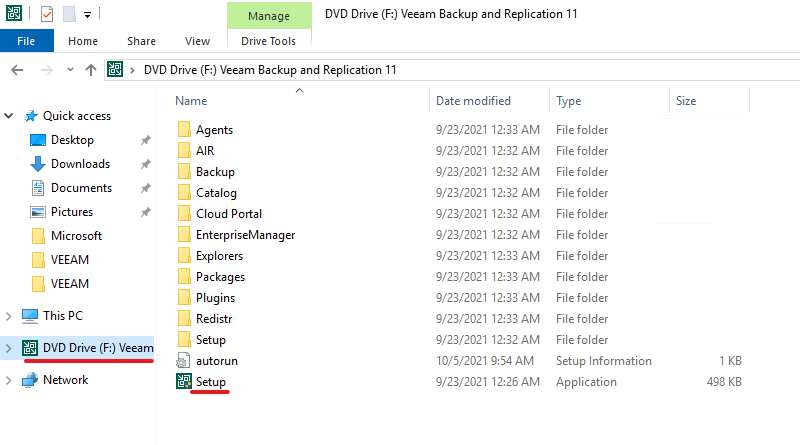
Veeam BR - Setup
Veeam BR - Backup Repositories
Remember that backup repositories are the locations that Veeam BR can send data to. Typically you set something up on-premises and something else in the cloud.
Lets start by adding a local fileshare as a backup repository.
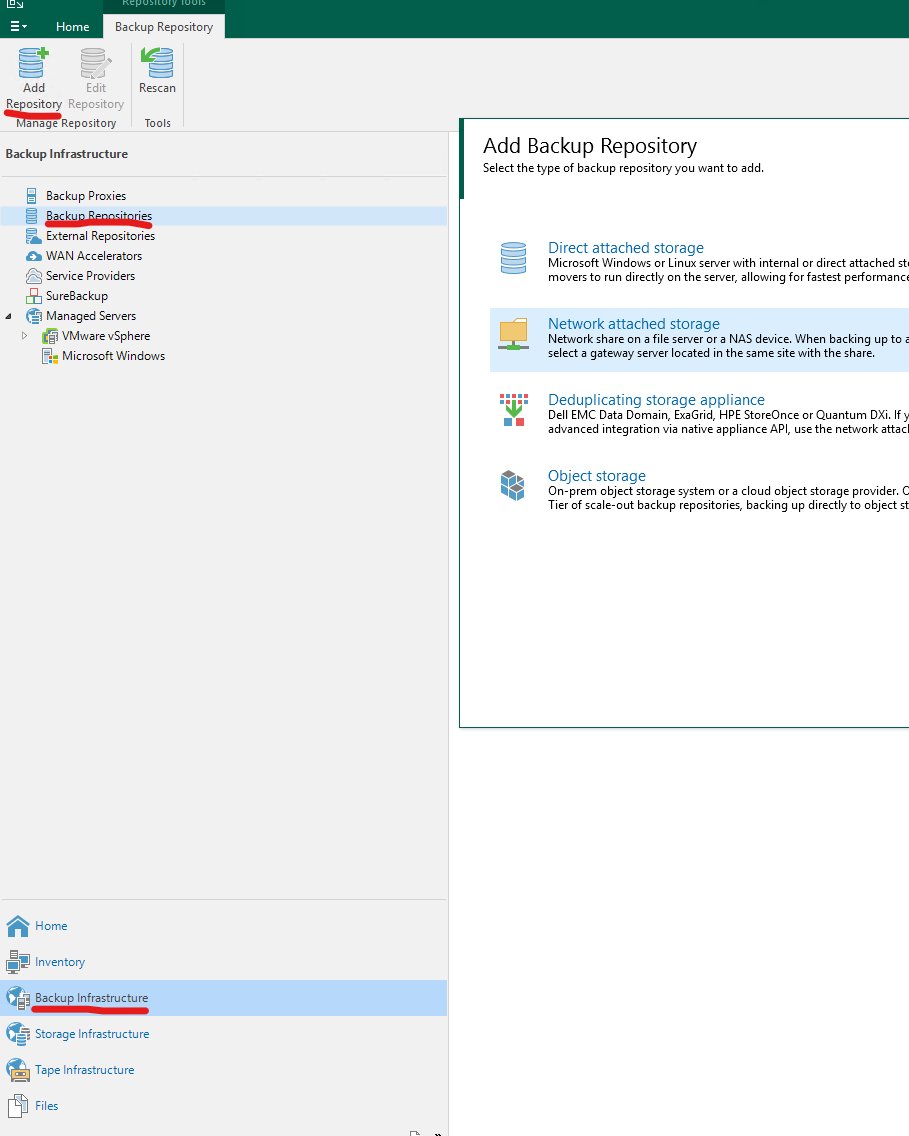
Now we will build a backup repository in Azure to create off-site redundancy.

Finally lets build an archive repository in Azure for cheaper long term storage.
Now we can build our Scale-Out repository for tiered backups.
Veeam BR - Inventory
Lets tell Veeam about a vCenter/ESXI Cluster so we can protect our data.
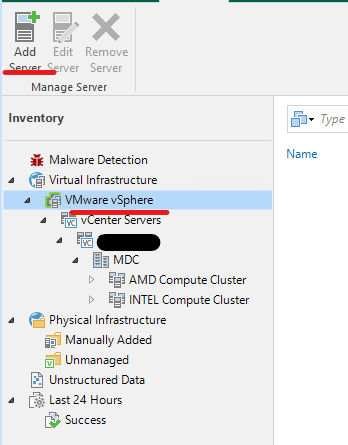
Veeam BR - Jobs
Now lets back up some of the virtual machines in our vCenter.
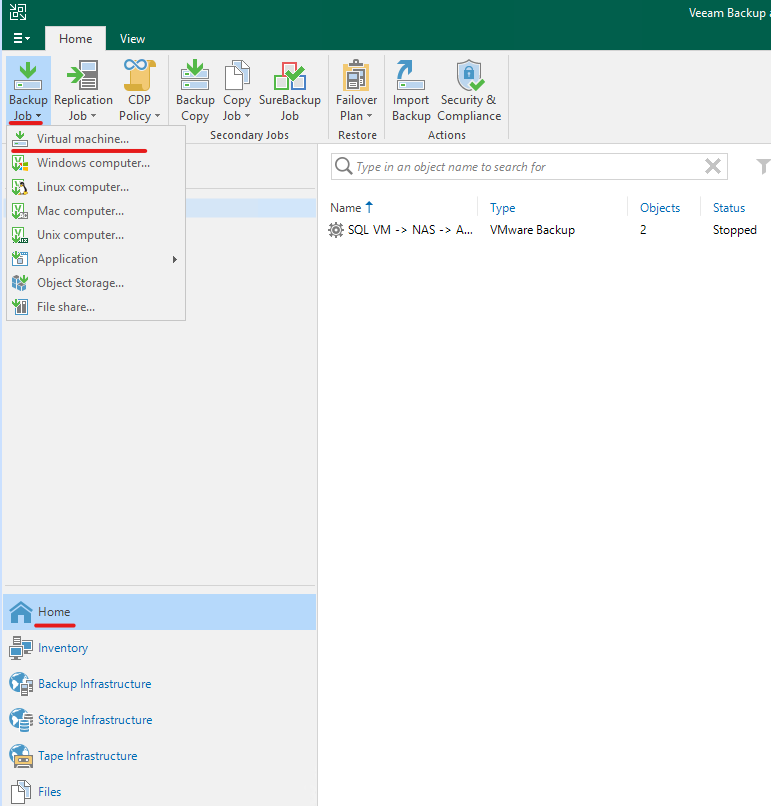
Veeam BR - Updates
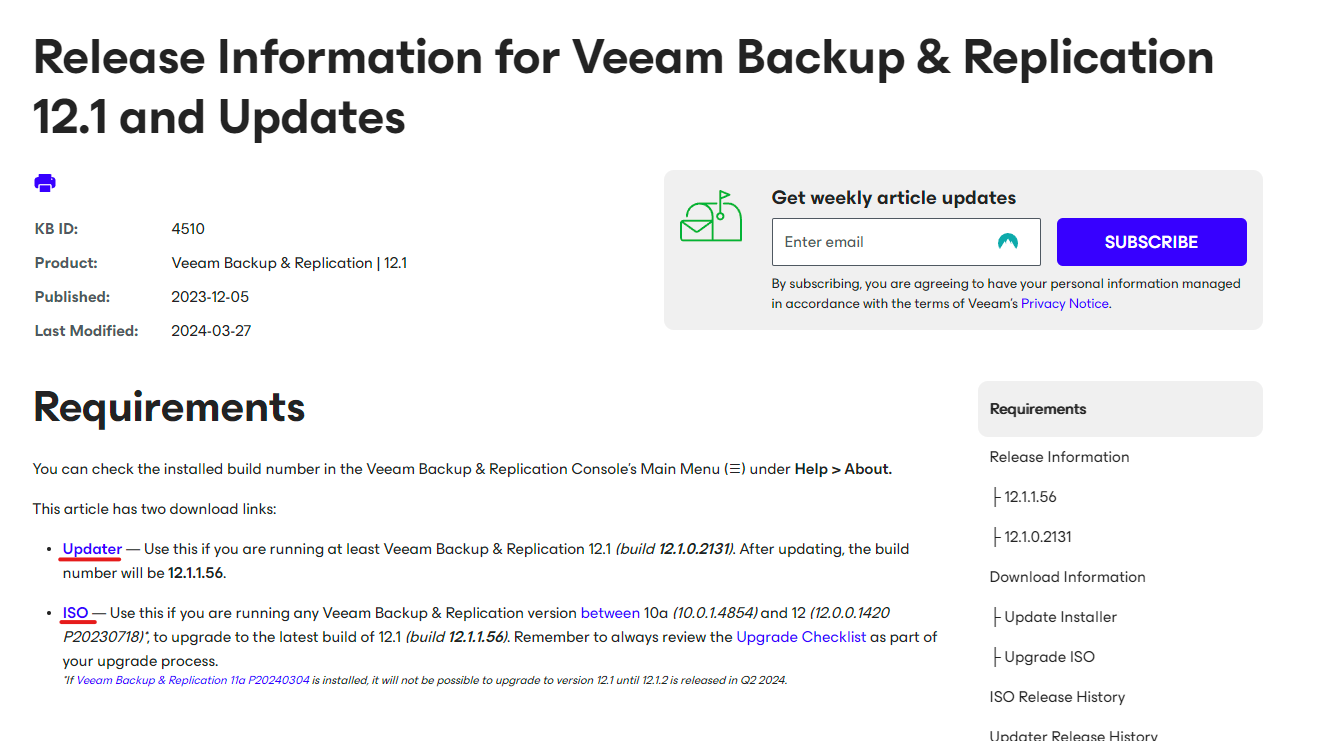
Veeam One
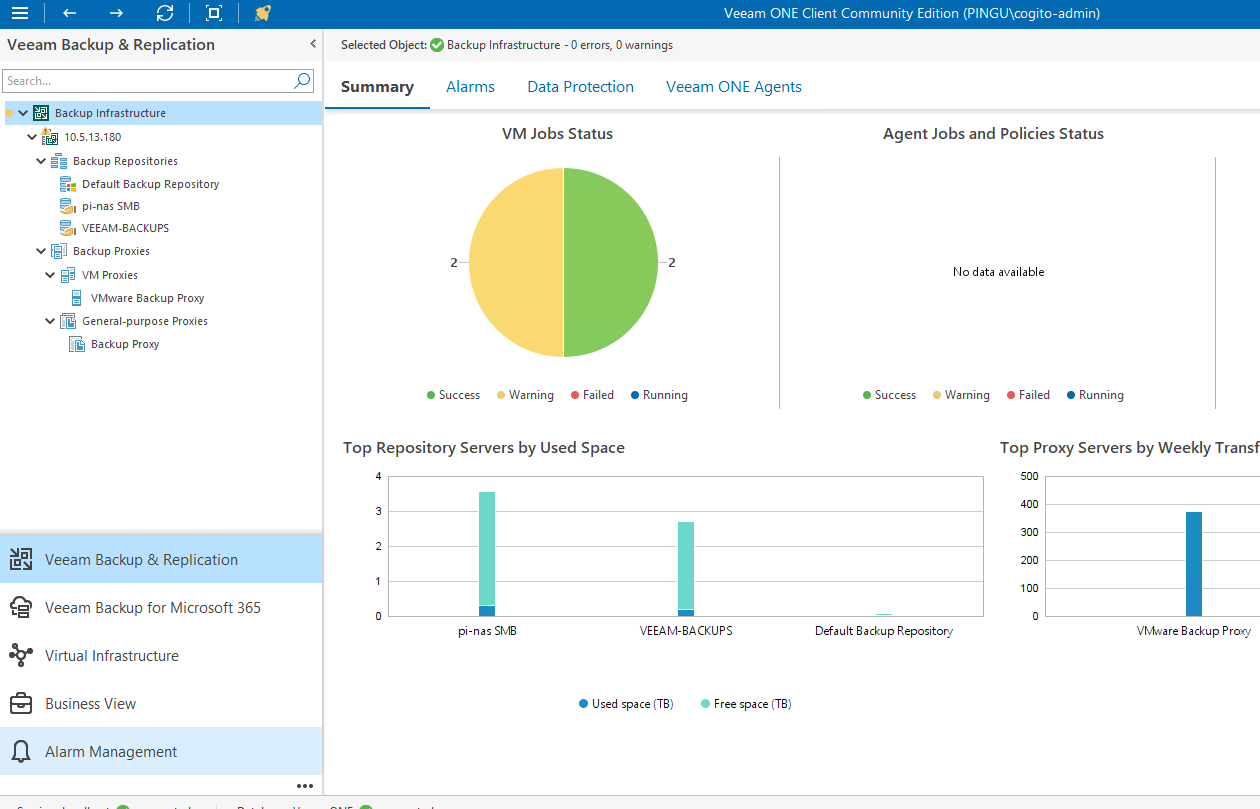
If you install the Veeam ONE server on the same server as your other Veeam products (Backup and Replication or O365) it should automagically detect everything already in place. If you install it elsewhere you can point it at wherever you need by right clicking anywhere in the left hand navigation pane and clicking ‘Add Server’.
Veeam One - Install
Veeam One - Setup

Veeam Data Platform
Veeam Data Platform - Setup
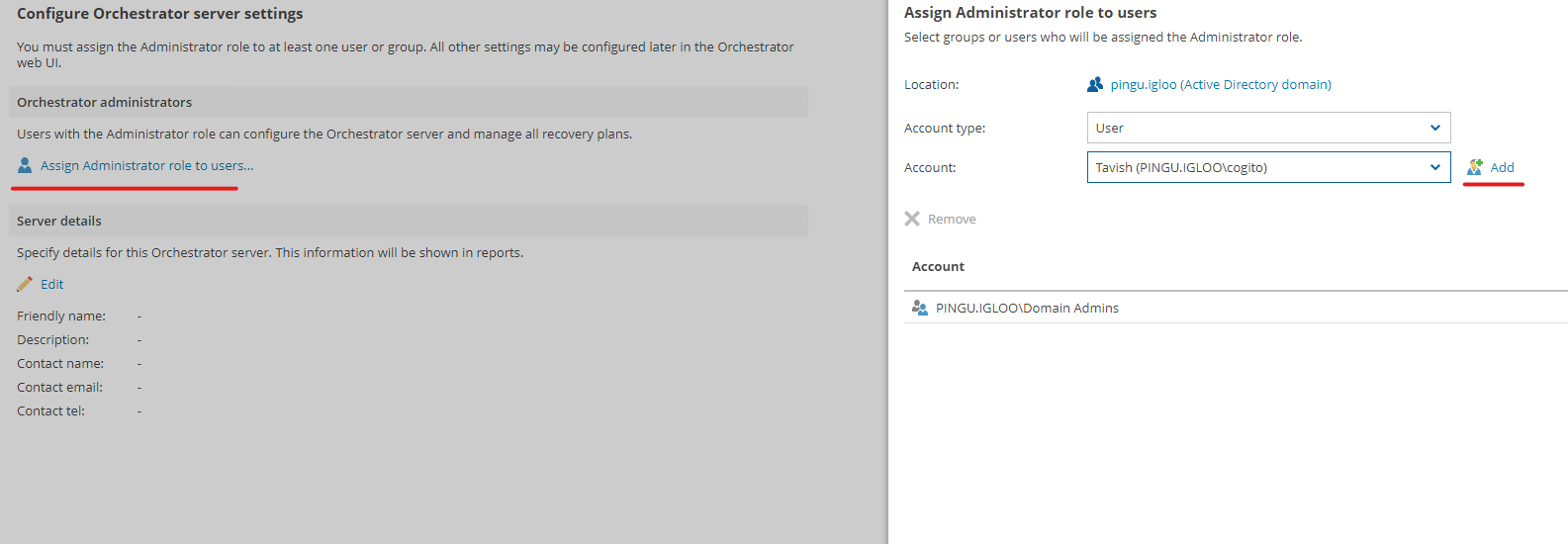
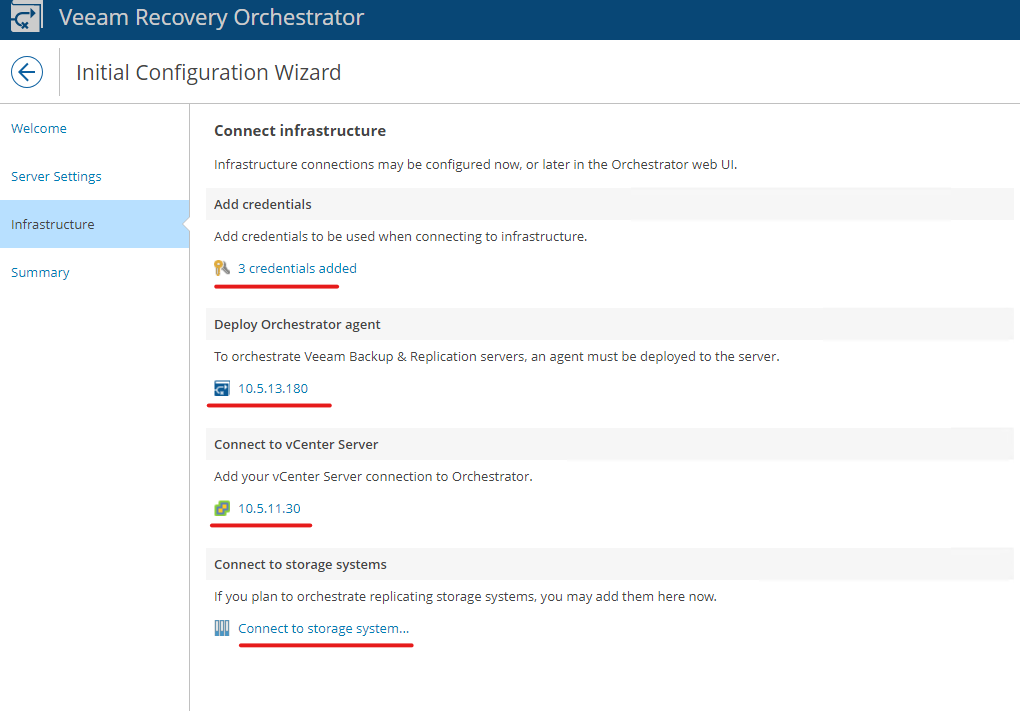
Veeam Backup for O365
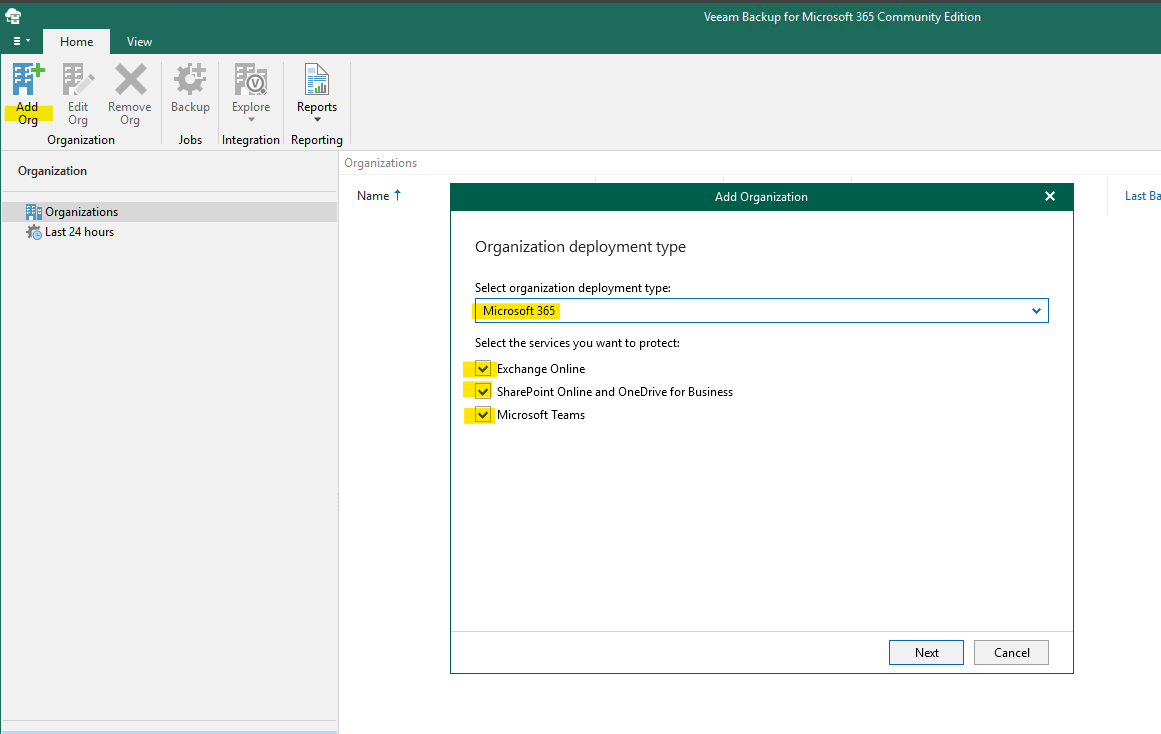
Veeam Backup for O365 - Install
Veeam Backup for O365 - Setup
To get setup with O365 we need to link the application to our O365 organization.

To add a storage account:
Veeam Backup for O365 - Job
Veeam NFR O365
The Veeam O365 backup application also has an NFR version if you qualify. Similar to the NFR Data Platform, you get a one year license but will need a fresh install.
